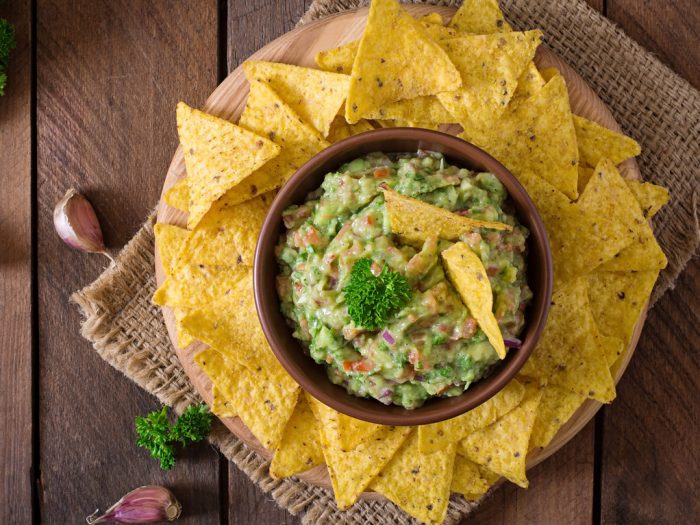There are so many recipes out there that require the service of this mysterious egg wash thing. Well, what is it and what do we need it for? Don’t worry the answers are pretty simple and we cover them right now!
I have to say I learned about the existence of this mixture of egg and a liquid quite late in the game because until a couple of years ago I wasn’t a very committed baker and mostly I bought frozen ready-made pastry and put it in the oven and then enjoyed it while hot. But at some point, I started to notice its ubiquity in baking recipes and I immediately researched the topic. What I found was very interesting and I know I am kind of a cooking and chemistry nerd, but I hope you’ll find it as interesting as I do.
What is egg wash?
It’s quite a simple answer to this question. Egg wash is a mixture of beaten eggs with some sort of liquid. This liquid can vary from simple to obtain water to some milk or even heavy cream, depending on your tastes, the recipe, and whatever you need it for. This liquid mixture or wash is usually brushed on pastry of all kinds using a brush, before baking the items.
Honestly, I’ve seen egg wash used in breaded fried meats like chicken fingers or schnitzels. And I used to dunk the meat for the schnitzels just in flour, a beaten egg, and breadcrumbs. But after reading about egg wash I’ve started trying some of it, either with water or milk, and the schnitzels actually turn out really tasty. I recommend this!

What do we use it for?
The wash is mostly used to add shine and color to a baking good. I mean think of the most appetizing pastries you’ve ever had. If a golden color and a shiny crust are what springs to mind, you should know that those are owed to the use of egg wash.
The idea here is to use the brush and evenly spread the whisked egg. Not too much, but not too little of it either. You can use egg wash on the upper crust of pies, dinner rolls, Danish pastry, brioche, and cinnamon rolls. But everything could use some of this whisked egg concoction.
The glue for complicated pastries
Another specific use of egg wash in baking is as a binding agent for intricate pastry models. It’s used as a glue to tie together two edges of pastry, like when you’re making some sort of filling or braiding of the pastry. The egg wash helps keep parts of intricate models together, and so you can get spectacular results hot out of the oven.
The protein in the egg coagulates when heat is applied, which leads to a stiff bond in the pastry itself. That’s why some complicated empanadas or filled pastries don’t fall apart under the pressure of heat. Also, the fat in the egg yolk is what gives the pastry that beautiful shine.
Other things you can glue to the crust of pastries thanks to egg wash? Granulated sugar, for one. And sprinkles of all kind for another.

Be careful with…
When you work with puff pastry you need to be careful with the egg wash. It could drip from the brush and stick some things together in your pastry that could prevent it from puffing in the oven.
You should also be careful with your [amazon_textlink asin=’B000PSDMW0′ text=’pastry brush’ template=’ProductLink’ store=’xdeli-20′ marketplace=’US’ link_id=’f02b7a7e-237f-11e8-ac52-dd3eddeaa758′], and wash it immediately after using it, or its bristles might stick together, especially if they’re natural bristles. Rinse it with cold water, because hot water will accelerate the gluing process.
If you want to score the surface of a pie or pastry, first brush on the egg wash and then score the dough. Otherwise, the egg wash would drip into the holes and close them up! That would defeat the purpose of scoring after all.







